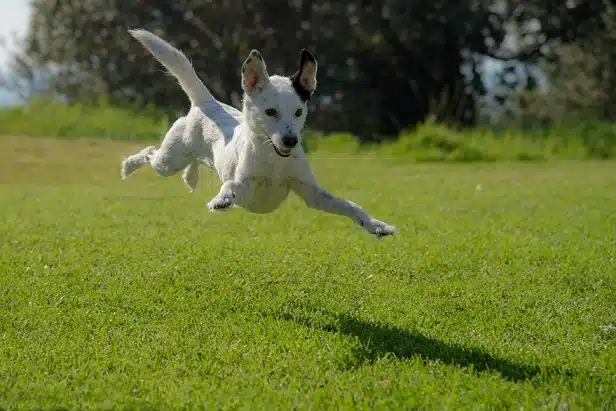
INTRO
Pet lovers hold their furry friends in high regard. Nevertheless, the most heart-wrenching situation is when a cherished dog or cat vanishes mysteriously, plunging their owners into a state of anguish. Fortunately, with GPS technology developing, GPS pet trackers can allow you to monitor your pets’ locations, providing peace of mind and ensuring the safety of their beloved companions.
CHALLENGES
The pet industry has been expanding rapidly over the years. According to the World Pet Association, there are over 900 million pet dogs and over 600 million pet cats worldwide. Pets can provide spiritual support and add joy to life. More than 70% of pet owners say that pets are like family members.
Nonetheless, being a pet owner comes with significant responsibilities. It entails a lasting dedication, and prioritizing safety is paramount. Regrettably, the predicament of missing pets presents an ongoing hurdle for those who have pets. From a statistical perspective, about 15% of individuals who own cats experience the loss of their feline companion within 5 years. The retrieval of these pets frequently relies on animal-wearing identification; dogs are recovered in 48% of instances, whereas cats are reunited with their owners in just 19%.
Pets can disappear in the blink of an eye, whether due to an inadvertently open door or gate or being startled by loud sounds. These occurrences can be immensely unsettling for both the pet and its owner. It’s important to recognize that seeking a lost pet can consume a significant amount of time and emotional energy, all without assurance of a positive outcome.
Certain pet guardians opt to insert a microchip beneath their pet’s skin, which proves advantageous should the pet encounter an individual equipped with a scanner capable of reading the embedded ID. Nonetheless, this approach cannot offer immediate, real-time location tracking. Thankfully, GPS trackers offer a reliable and efficient alternative that can significantly increase the chances of a successful reunion and provide pet owners with much-needed peace of mind.
SOLUTION
GPS trackers work by using a combination of satellite signals and communication technologies to determine and transmit a pet’s location. Here’s how GPS trackers find lost pets:
Location Calculation: The GPS tracker uses the signals from multiple satellites to triangulate its position on Earth. By comparing the timing of signals received from different satellites, the tracker can calculate its exact location.
Data Transmission: Many GPS trackers are equipped with communication technologies such as cellular networks, Wi-Fi, or Bluetooth. These technologies enable the tracker to transmit its location data to a central server or a mobile app. Pet owners can access the location data through a smartphone app, website, or dedicated device. The user interface displays the pet’s real-time location on a map.
Geo-Fencing: GPS trackers often allow users to set up virtual boundaries or “geo-fences.” If a pet crosses these boundaries, the owner receives an alert, helping prevent pets from straying too far from home or designated safe areas.
Behavior Monitoring: Observing a pet’s movement patterns can reveal insights into their behavior and routines. This information can be useful for identifying unusual or concerning behavior changes.
Real-Time Tracking: As the pet moves, the GPS tracker continues to receive signals from satellites and update its location data. This allows pet owners to track their pet’s movements in real time.
Lost Pet Recovery: If a pet goes missing, the owner can use the GPS tracker’s real-time location data to track down the pet’s current whereabouts. This can greatly aid in finding and recovering the lost pet quickly.
Overall, GPS trackers have revolutionized pet ownership by enhancing safety, security, and overall well-being for both pets and their owners.



